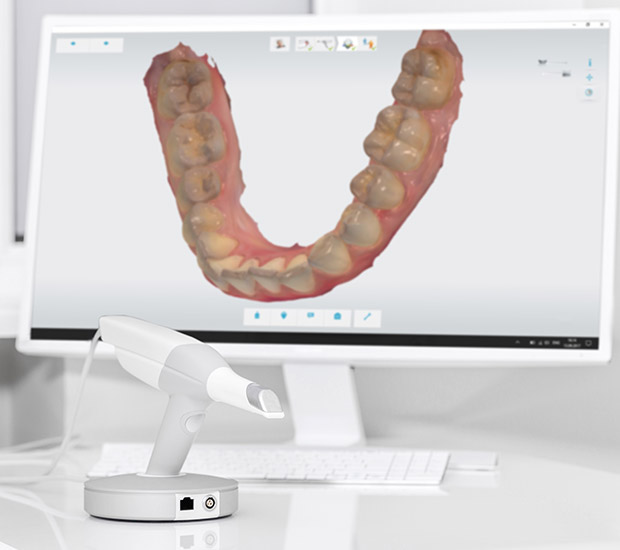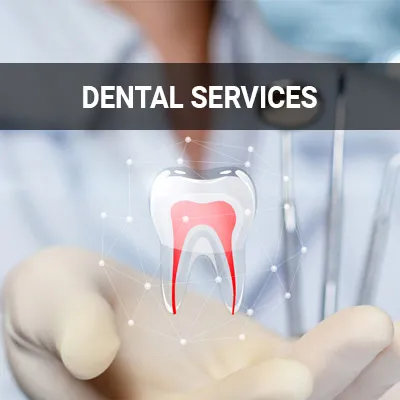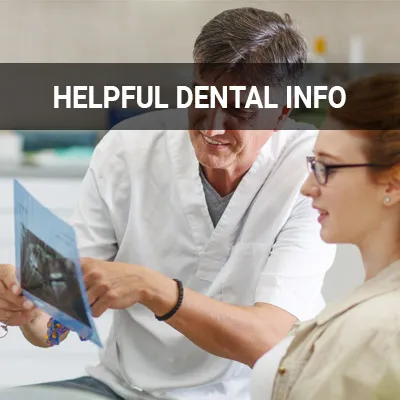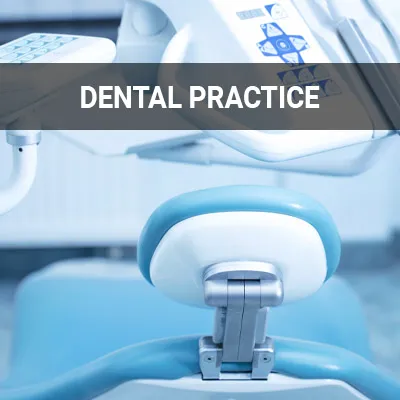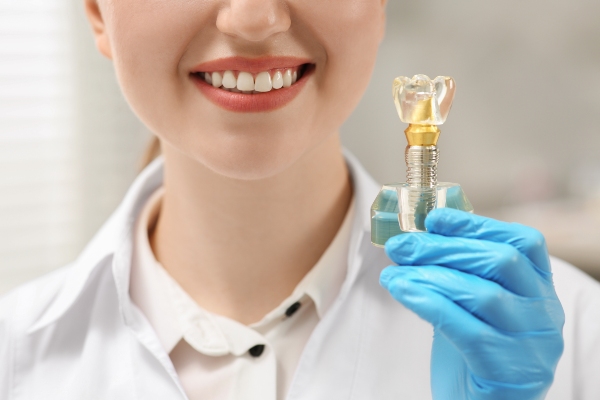3D Cone Beam and 3D Dental Scans Las Vegas, NV
3D Cone Beam and Dental Scan utilizes technology to provide a quick, painless, and comprehensive look at the teeth and the surrounding dental structures. Many complete health dentists assess the structures of the mouth using a technology that goes beyond the traditional X-ray called Cone-Beam Computed Tomography (CBCT), also referred to as a "3D Cone Beam," "3D Dental Scan," or "Beam CT." Traditional X-rays only provide images of your dental structures from one plane, meaning that if your dentist needs to zero in on a particular area, you may have to have additional X-ray views taken.
This is where 3D cone beam technology comes in and offers a more efficient option. For more information about 3D dental scanners, our team at Hybrid Dental in Las Vegas is here to help. Call us at (702) 628-5807 to learn more.
How 3D Imaging Works
A 3D cone beam machine resembles conventional CT scan machines and comes in two different structures: an upright chair for sitting or a moveable table for lying down. Depending on the procedure and type of machine being used, the patient will be seated in an exam chair or lie down on an exam table. The chair has an extendable arm (C-arm) while the table has a rotator (gantry) that both rotate 360 degrees around the patient's head, taking multiple images at once.
The images are taken at different angles and gathered to create a single 3D image. According to the Radiology organization, "In a single rotation, the detector can generate anywhere between 150 to 200 high resolution two-dimensional (2-D) images, which are then digitally combined to form a 3-D image that can provide your dentist or oral surgeon with valuable information about your oral and craniofacial health." The 3D image is available as soon as the scan is complete, allowing the doctor to discuss the patient's treatment plan in the same visit.
“The chair has an extendable arm (C-arm) while the table has a rotator (gantry) that both rotate 360 degrees around the patient’s head, taking multiple images at once.”
How Is 3D Dental Scanning Different From Traditional Imaging?
The 3D dental scanning technique differs from traditional imaging because it can collect hundreds of 2D images in a single scan and then aggregate these 2D images into a 3D reconstruction. This process is faster and more comprehensive than traditional imaging. The images are of much higher quality, and they can provide the complete health dentist with more information to aid in the detection, diagnosis, and treatment of oral conditions. Many patients find that 3D dental scanning is also less uncomfortable than traditional imaging because of its speed and because it does not require traditional bitewing sensors.
“Many patients find that 3D dental scanning is also less uncomfortable than traditional imaging because of its speed and because it does not require traditional bitewing sensors.”
What a Cone Beam Image Reveals
Cone beam CT scanners reveal far more information than traditional scanners and provide detailed images of a patient's underlying bone structure. Cone beams are primarily used for cases in which traditional X-rays would not provide sufficient information needed for treatments, specifically surgeries and underlying disease. They can evaluate diseases of the jaw, dentition, body structures of the face, nasal cavity, and sinuses.
Cone beam technology has also been useful for diagnosing oral cancers and cysts and managing impacted teeth. A study on cone beam technology found that there has been a "significant contribution of CBCT in the planning and successful surgical management of dentigerous cysts and associated impacted teeth." Since cone beams take wide range photos, they capture in-depth areas that traditional scanners can easily miss.
“They can evaluate diseases of the jaw, dentition, body structures of the face, nasal cavity, and sinuses.”
Check out what others are saying about our dental services on Yelp: 3D Cone Beam and 3D Dental Scans in Las Vegas, NV
What to Expect Post-Procedure
After a 3D dental scan, the complete health dentist will have a clear and concise three-dimensional image of the teeth, mouth, jaw, neck, ears, nose, and throat. The dentist will be able to immediately review this image and use features such as zooming and rotation to get the best possible view of any area in question. There is no recovery time after this procedure, and the patient will be able to immediately return to their daily activities.
“The dentist will be able to immediately review this image, and use features such as zooming and rotation to get the best possible view of any area in question.”
Questions Answered on This Page
Q. How does a 3D cone beam work?
Q. What can a cone beam scan reveal about a patient?
Q. How is 3D dental scanning different from traditional imaging?
Q. What should I expect post-procedure?
People Also Ask
Q. What should patients do if they have sensitive teeth?
Q. How can I find out if my employer's plan covers dental treatments?
Q. What happens at a dental checkup?
Frequently Asked Questions About 3D Cone Beam Scans
Q. How long do 3D dental scans take?
A. Not very long. A 3D dental scan comprises one rotation of a mechanical arm around your head. After you are positioned, the scan itself usually takes less than 30 seconds.
Q. How long have dentists been using 3D scanning technology?
A. According to the FDA, CBCT technology has been in use for twenty years. Dental scans are becoming more common every day because of their helpfulness in planning for procedures and diagnosing complex conditions.
Q. How much radiation does a 3D scan emit?
A. A 3D dental scanner is considered a computed tomography (CT) scan. Still, it emits less radiation than other conventional CT scans that are commonly used in medicine. However, a CBCT scan does emit more radiation than traditional dental x-rays.
Q. What do patients think of 3D cone beam scanning technology?
A. Patients are often impressed to see a three-dimensional image of their own maxillofacial region. When the dentist can show a patient how a procedure works on their actual mouth and jaw, it helps them have a deeper understanding of the work. Then, patients are more comfortable with the procedure and even have an easier time explaining to others how it works.
Q. What is a 3D cone beam scanner typically used for in dentistry?
Dental Terminology
Learn More About 3D Scans Today
If you are looking for more information pertaining to complete health dentistry or the use of 3D cone beams or 3D dental scans, call us at 702-628-5807.
Helpful Related Links
- American Dental Association (ADA). Glossary of Dental Clinical Terms. 2024
About our business and website security
- Hybrid Dental was established in 2012.
- We accept the following payment methods: American Express, Cash, Check, Discover, MasterCard, and Visa
- We serve patients from the following counties: Clark County and Nye County
- We serve patients from the following cities: Las Vegas, Summerlin, North Las Vegas, Spring Valley, Paradise, Henderson, Centennial Hills, Mt Charleston, Enterprise and Pahrump
- National Provider Identifier Database (1306143847). View NPI Registry Information
- Healthgrades. View Background Information and Reviews
- Norton Safe Web. View Details
- Trend Micro Site Safety Center. View Details
Back to top of 3D Cone Beam and 3D Dental Scans
